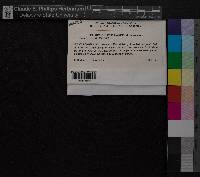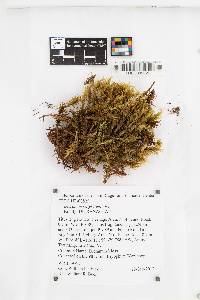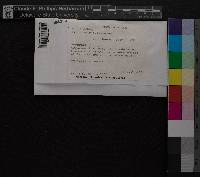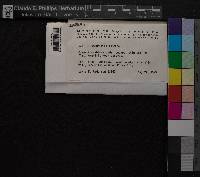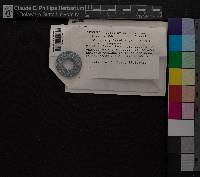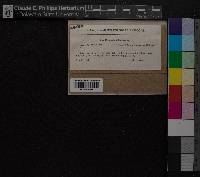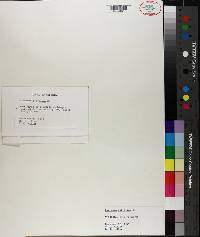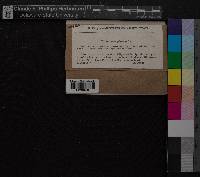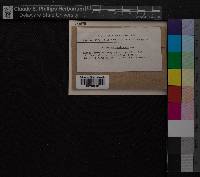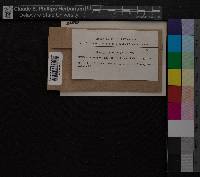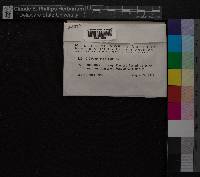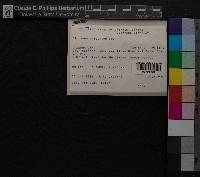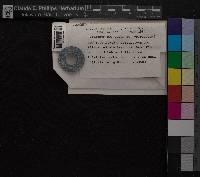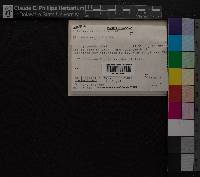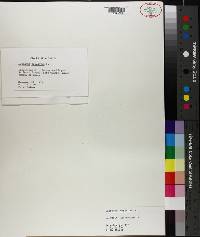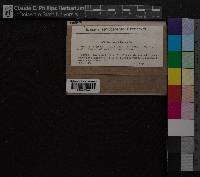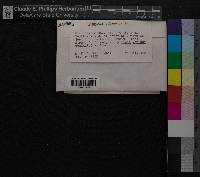Dicranum polysetum
|
|
|
|
Family: Dicranaceae
|
Plants in loose tufts, light green, glossy. Stems 4-15 cm, densely tomentose with whitish or red-dish rhizoids. Leaves erect to spreading, ± flexuose, little changed when dry, strongly undulate, (5.5-)7-9.5(-10.5) × 1-2 mm, lanceolate, concave proximally, keeled above, acute; margins strongly toothed in the distal half; laminae 1-stratose; costa ending before apex, occupying ca. 1/16-1/8 of leaf base, strong, with two toothed ridges distally on abaxial surface, with one row of guide cells, two stereid bands, adaxial epidermal layer of cells not differentiated, abaxial layer with a few cells enlarged; cell walls between lamina cells not bulging; leaf cells smooth; alar cells 2-stratose, well-differentiated, not extending to costa; proximal laminal cells elongate, pitted, (45-)78-129(-156) × (5-)9-10(-14) µm; distal laminal cells shorter, sinuose, pitted, (42-)64-68(-115) × (4-)9-10(-13)µm. Sexual condition pseudomonoicous; dwarf male plants on stem rhizoids of female plants; interior perichaetial leaves abruptly long-acuminate, convolute-sheathing. Seta 1.5-4 cm, usually aggregate, 3-6 per perichaetium, brown or reddish brown. Capsule 2-3.5 mm, arcuate, inclined to horizontal, furrowed when dry, yellowish brown or reddish brown; operculum 2-4 mm. Spores 12-24 µm. Capsules mature spring. Commonly on humus, soil over acidic or calcareous rock, and decaying wood in deciduous or more often coniferous forests; occasionally in bogs, fens, and swamps; 10-2100 m; Alta., B.C., Man., N.B., Nfld. and Labr. (Nfld.), N.W.T., N.S., Nunavut, P.E.I., Que., Sask., Yukon; Alaska, Colo., Conn., Idaho, Ill., Ind., Iowa, Ky., Maine, Md., Mass., Mich., Minn., Mo., Mont., N.H., N.J., N.Y., N.C., N.Dak., Ohio, Oreg., Pa., S.Dak., Tenn., Vt., Va., Wash., W.Va., Wis., Wyo.; Europe; Asia. W. L. Peterson (1979) recorded Dicranum polysetum from Nunavut. It is one of the largest, most conspicuous, and most easily recognized species in the genus in North America. The species is immediately recognized by the large stems, 4-15 cm, with a dense mat of whitish or reddish tomentum, giving the stems a thickened appearance, by the shiny, strongly undulate, wide-spreading leaves with margins strongly toothed in the distal half and by the clustered sporophytes (3-6 per perichaetium). Microscopically, the species is readily distinguished by the elongate, abundantly pitted cells throughout the leaf and by the toothed ridges on the abaxial surface of the costa in the distal part of the leaf. Dicranum polysetum is one of the few species in North America that has no apparent intergradations with any other species of the genus. It is common in southeastern Canada, northeastern United States, and the Canadian Rocky Mountains, where it extends south to Wyoming and Colorado, occurring in both states in a small number of localities. It is rare west of the Rockies, where it is known from only a few localities in northwestern Montana, southern Idaho and northeastern Washington and Oregon.
|


